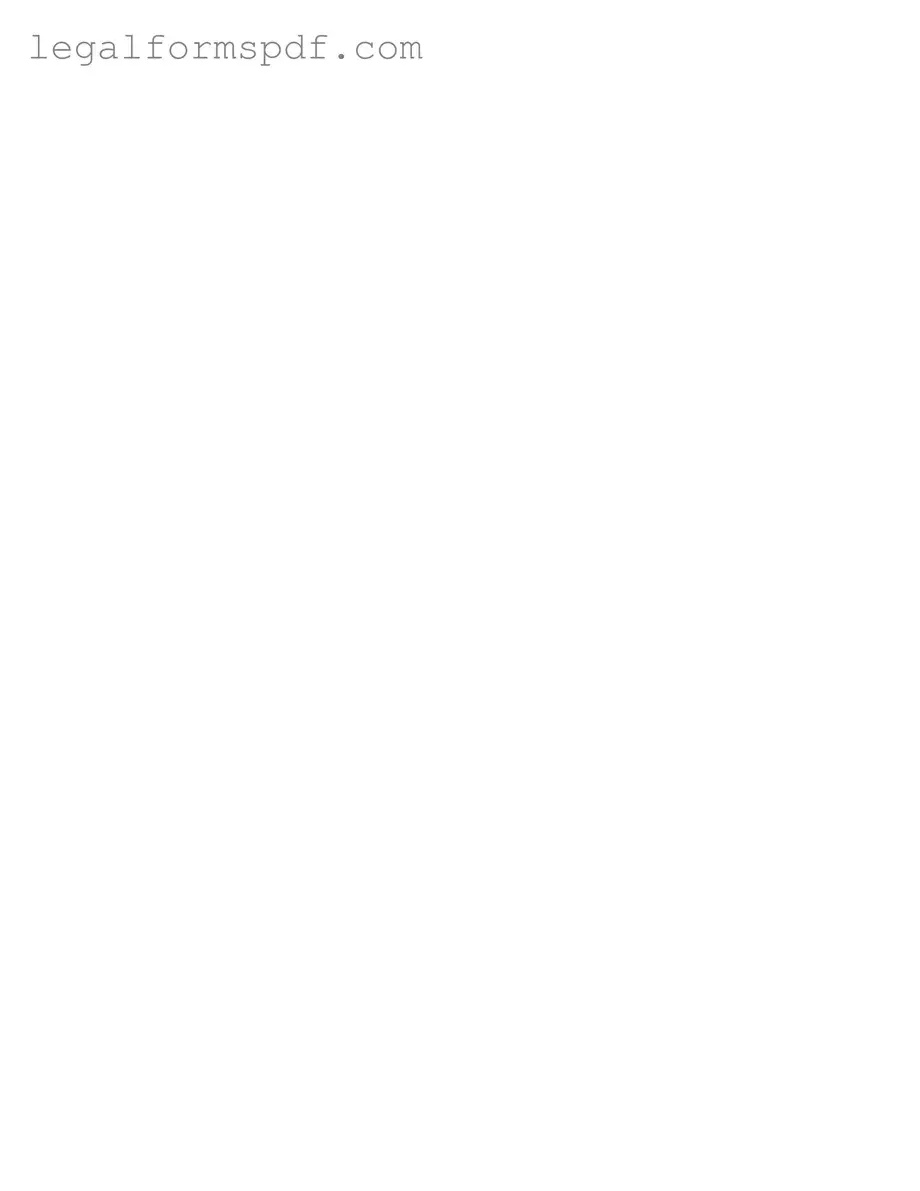A reference letter, much like a recommendation letter, acts as a professional endorsement of a person’s skills, aptitude, and character traits from a third party. Both serve the purpose of providing a potential employer, academic institution, or other entity with someone's evaluation, based on personal or professional observation. The main difference lies in how they are used, with reference letters being more generic, while recommendation letters are typically more specific and tailored to the opportunity being sought.
A character reference letter shares similarities with a recommendation letter, as both provide insights into the individual's qualities. However, a character reference focuses more on personal attributes, moral character, and general personality, often used in court proceedings, housing requests, and in certain employment scenarios. This type of letter provides a more personal lens through which the individual is viewed, whereas a recommendation letter usually focuses on professional or academic competencies.
An endorsement letter is quite similar to a recommendation letter, with both aimed at backing an individual for a position, award, or opportunity. The nuance that sets them apart is the context in which they are used; endorsement letters are often found in political, commercial, and academic fields. They not only vouch for someone's capabilities but also place the writer’s reputation on the line, emphasizing the endorsement's strength and credibility.
Letters of support often resemble recommendation letters in their purpose of advocating for an individual. They are frequently used in academic grant, scholarship applications, and project proposals to show that the candidate has backing from reputable sources. While both documents aim to support the application, letters of support typically come from those who will be directly involved or benefit from the grant or project, providing a direct vote of confidence in the individual’s proposal.
Performance reviews and recommendation letters share the objective of evaluating an individual, albeit in different contexts. Performance reviews are internal evaluations typically conducted by an employer to assess an employee's work performance over a certain period. In contrast, recommendation letters are external documents provided to a third party, offering a broader view of the individual's abilities, achievements, and work ethic beyond just their current role.
An admission letter, much like a recommendation letter, plays a crucial role in the academic field, particularly in the context of college or university admissions. However, an admission letter comes from the institution, offering a place to the applicant, while a recommendation letter is submitted to the institution, underscoring the applicant’s qualifications and suitability for the program in question. Essentially, one is an offer of acceptance, and the other supports the application to receive such an offer.
Nomination letters are closely related to recommendation letters, as both endorse individuals for specific opportunities or honors. A nomination letter, however, is usually more formal and official, specifically inviting someone to accept a position or an award. While both types of letters highlight the nominee's or applicant's achievements and qualifications, nomination letters tend to be part of formal award, title, or position selection processes.
Sponsorship letters, while serving a promotional or funding-seeking function, align with recommendation letters in their persuasive nature. These letters seek to convince the recipient of the value in providing support, financial or otherwise, to the sponsored individual or entity. Unlike the broad focus of recommendation letters on a person’s skills and potential, sponsorship letters often include specifics such as funding amounts, benefits to the sponsor, and details of the agreement.
A letter of intent, similar to a recommendation letter, articulates a person’s intentions regarding an academic or professional pursuit. However, it is written by the individual themselves, outlining their goals, interests, and what they bring to a potential role or academic program. A recommendation letter complements this by providing an external perspective on the person’s qualifications and fit for the opportunity they are seeking.
Finally, a letter of resignation shares the communication aspect with a recommendation letter but from a vastly different perspective. While a recommendation letter helps an individual advance or move towards a new opportunity, a letter of resignation is used to formally announce the decision to leave a current position. Despite their differences, both documents can reflect positively on the individual, especially if the resignation letter is tactful and expresses gratitude for the opportunities provided.
